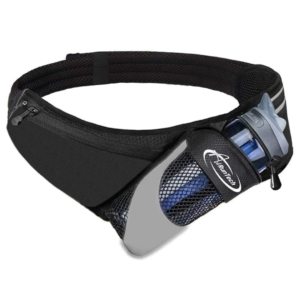Are you ready to conquer the downhill segment of the Kerrville Triathlon like a pro? Riding downhill can be exhilarating, but it also presents unique challenges that require skill and technique to navigate safely and efficiently. Whether you’re a seasoned cyclist or new to the sport, mastering the descent is essential for achieving your best performance on race day. In this blog post, we’ll cover some expert tips and strategies to help you ride downhill with confidence and control.
1. Body Positioning: Proper body positioning is crucial for maintaining stability and control while descending. Shift your weight slightly back on the bike, keeping your arms relaxed and elbows bent. Lower your center of gravity by bending your knees and dropping your heels, which will help you maintain balance and stability on the bike.
2. Look Ahead: Keep your eyes focused on the road ahead, scanning for potential hazards such as potholes, gravel, or sharp turns. Look through the corners and anticipate your line, allowing you to plan your trajectory and adjust your speed accordingly. Maintaining a forward gaze will help you stay balanced and react quickly to changing conditions on the descent.
3. Brake Control: Effective braking is essential for controlling your speed on the descent. Use both your front and rear brakes simultaneously, applying gentle, steady pressure to avoid locking up the wheels. Feather the brakes to modulate your speed, especially on steep or technical descents where maintaining control is critical. Practice braking on different surfaces and gradients to develop a feel for optimal braking technique.
4. Cornering Technique: Cornering on descents requires precision and finesse to navigate tight turns safely. Approach corners wide to maximize your line and reduce the need for sudden braking. Lean your bike into the turn while keeping your body upright, allowing your tires to maintain maximum grip on the road. Accelerate gently out of the corner, using your momentum to carry you through the turn smoothly.
5. Stay Relaxed: Finally, remember to stay relaxed and confident on the descent. Tension in your body can lead to instability and loss of control, so focus on staying loose and fluid on the bike. Trust in your skills and training, and enjoy the thrill of riding downhill at speed.
By incorporating these tips into your training regimen, you’ll be well-equipped to tackle the downhill segment of the Kerrville Triathlon with skill and confidence. Practice descending on different terrain and conditions to build your confidence and hone your technique. With proper preparation and technique, you’ll be ready to fly downhill and crush the competition on race day!









 hen you run with a friend, you’re more visible to vehicles and less likely to be targeted by criminals. In the unfortunate event of an accident or health issue, having a buddy means quicker access to help. Moreover, training with a friend keeps you accountable and motivated. If you’re struggling to convince someone to join you, remind them of these safety benefits – they just might lace up their running shoes!
hen you run with a friend, you’re more visible to vehicles and less likely to be targeted by criminals. In the unfortunate event of an accident or health issue, having a buddy means quicker access to help. Moreover, training with a friend keeps you accountable and motivated. If you’re struggling to convince someone to join you, remind them of these safety benefits – they just might lace up their running shoes!